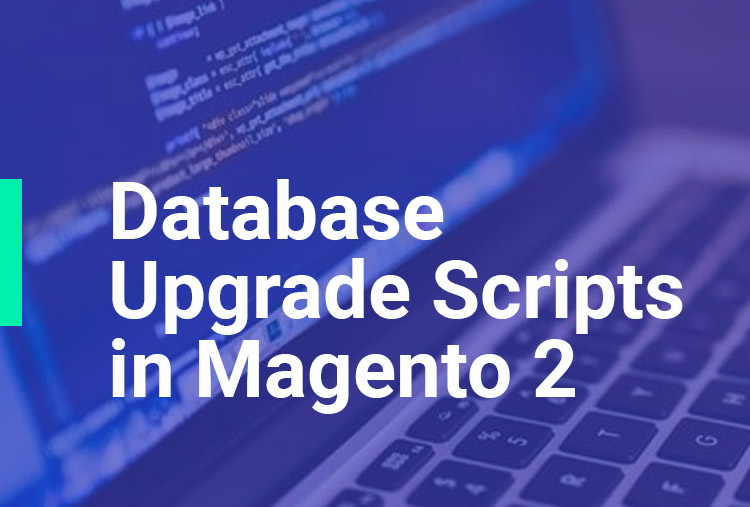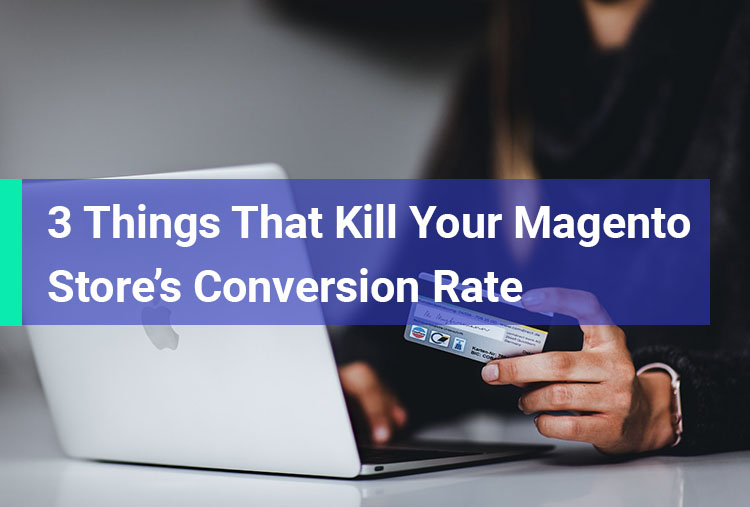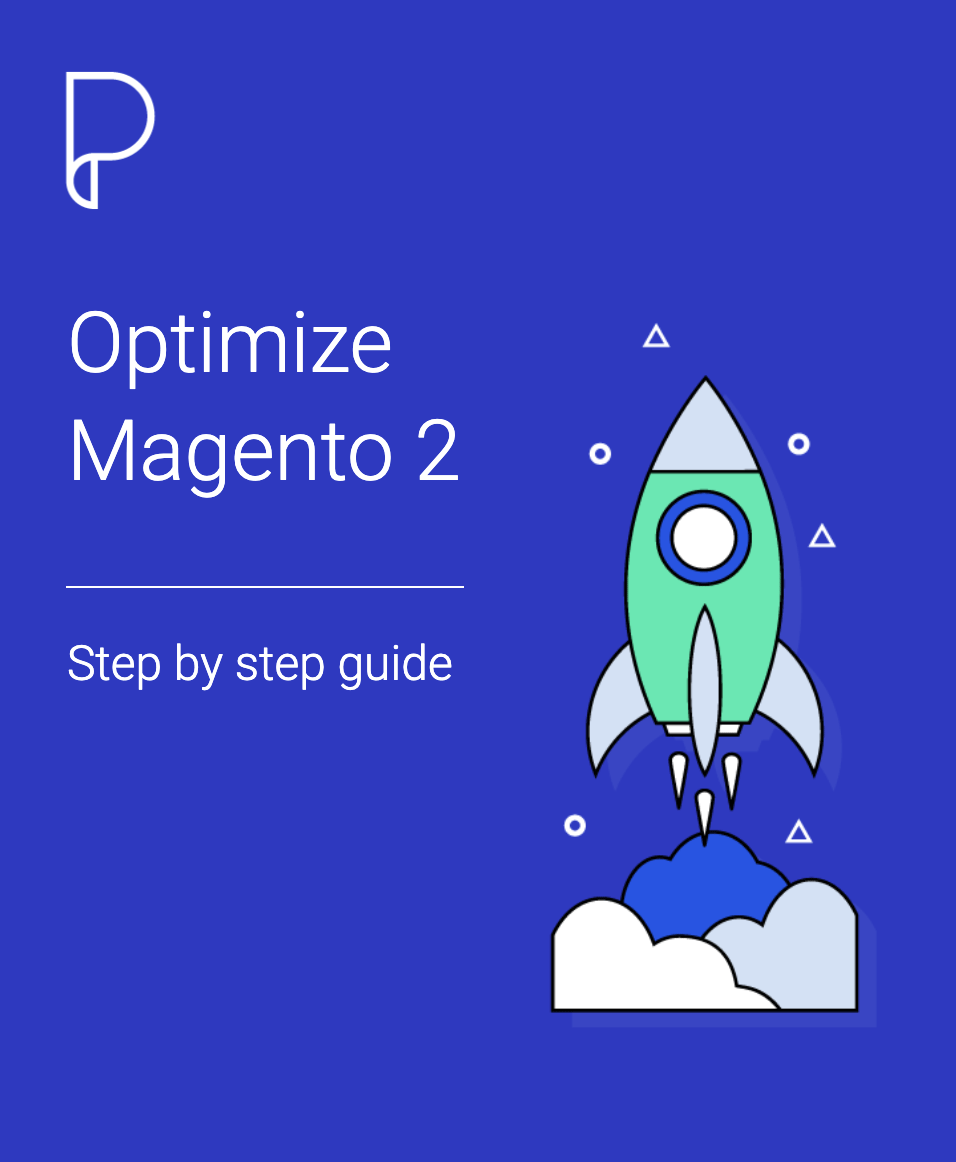Let’s continue our series with a tutorial about database upgrade scripts in Magento 2. You can check my previous posts about Magento 2.
- 1. Install Magento 2 locally on MAMP
- 2. Create a new module in Magento 2
- 3. Database Install Scripts in Magento 2
In this post we will learn how to create UpgradeSchema and UpgradeData scripts. These scripts are used to update our custom database that we need for our module and upgrade data into it.
UpgradeSchema script
We already have the Setup folder in the root directory of our module. Here we create the file UpgradeSchema.php where we define the UpgradeSchema class which implements UpgradeSchemaInterface.
An empty skeleton of the file would look like this:
<?php namespace Mesteru\FirstModule\Setup; use Magento\Framework\Setup\UpgradeSchemaInterface; use Magento\Framework\Setup\ModuleContextInterface; use Magento\Framework\Setup\SchemaSetupInterface; use Magento\Framework\DB\Ddl\Table; class UpgradeSchema implements UpgradeSchemaInterface { /** * {@inheritdoc} */ public function upgrade(SchemaSetupInterface $setup, ModuleContextInterface $context) { $setup->startSetup(); // code to manipulate the database goes here $setup->endSetup(); } } ?>
Between the calling of startSetup() and endSetup() methods we would put our code to manipulate the database. The code sample below will alter the table mesteru_sample_item to add one column. We add column description of type text.
What do we notice here is the version_compare() function. In our example, our current module is at version 0.0.1 and we want to upgrade to 0.0.2. So we read the condition as follows: “If the current version is lower than 0.0.2 then the script should run”. If the version of our module is 0.0.2 it means the script was probably executed and we don’t run it again. When we want to add another upgrate, we just add another if condition bellow with the new version.
<?php if (version_compare($context->getVersion(), '0.0.2', '<')) { $setup->getConnection()->addColumn( $setup->getTable('mesteru_sample_item'), 'description', [ 'type' => Table::TYPE_TEXT, 'nullable' => true, 'comment' => 'Item Description' ] ); } ?>
UpgradeData script
Now that we have the code to alter the table, if we need to add some data when we upgrade our module we use an update data script. In the Setup folder we create the file UpdateData.php in which we define the UpdateData class which implements UpdateDataInterface.
Content of the file looks like this:
<?php namespace Mesteru\FirstModule\Setup; use Magento\Framework\Setup\ModuleContextInterface; use Magento\Framework\Setup\ModuleDataSetupInterface; use Magento\Framework\Setup\UpgradeDataInterface; class UpgradeData implements UpgradeDataInterface { /** * {@inheritdoc} */ public function upgrade(ModuleDataSetupInterface $setup, ModuleContextInterface $context) { $setup->startSetup(); if (version_compare($context->getVersion(), '0.0.2', '<')) { $setup->getConnection()>update( $setup->getTable('mesteru_sample_item'), [ 'description' => 'Lorem ipsum dolor sit amet, consectetur adipiscing elit. Integer dignissim maximus lacus, id aliquet tortor dignissim vitae. Mauris nec aliquam est.' ], $setup->getConnection()->quoteInto('id = ?', 1) ); } $setup->endSetup(); } } ?>
As you can see the code between startSetup and endSetup updates the description column where we just inserted a dummy Lorem Ipsum text for the sake of the tutorial, that would be a default descriptio as it would update all the rows.
Run the scripts
We have now everything ready except that we have to change the module version to 0.0.2 in our etc/module.xml file. After doing that run the command:
php bin/magento setup:upgradeThis is just a simple example but give you the starting point. You can adapt it to your needs.
Get the code
You can get the complete code on my github profile here.










